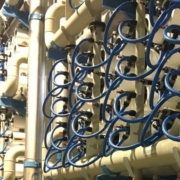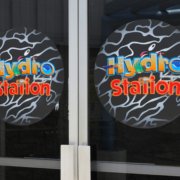A new display added to the Chula Vista Hydro Station helps students learn about the water treatment process through interactive activities.
This unique joint educational partnership between the Sweetwater Authority, the Otay Water District, and the Chula Vista Elementary School District (CVESD), the Hydro Station opened two years ago on August 15, at the Richard A. Reynolds Groundwater Desalination Facility.
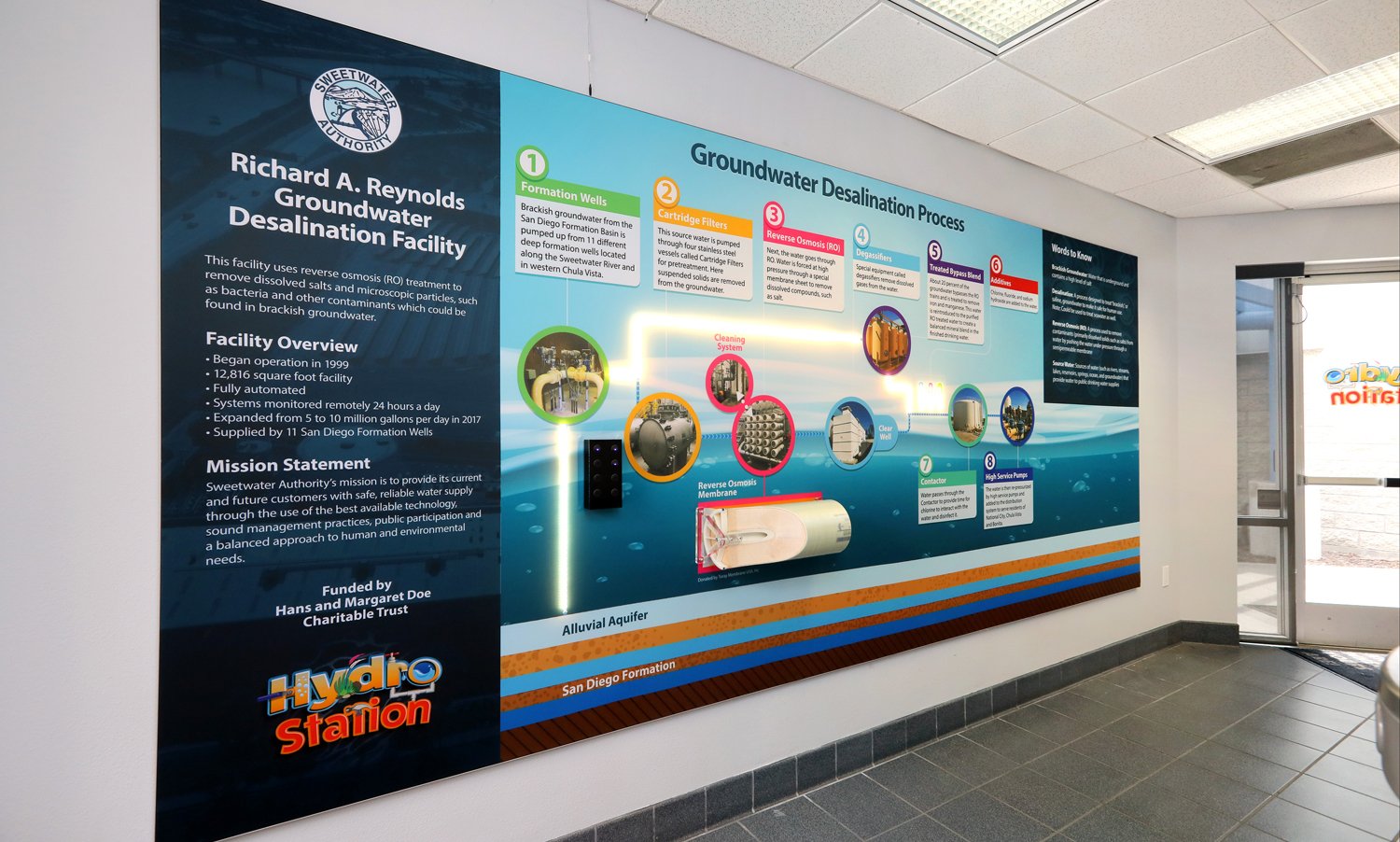
The Hydro Station project is an interactive educational space that features learning exhibits and hands-on activities dedicated to introducing fifth-grade students to the ecological cycle of water, water conservation, water quality, and careers in the water industry. Photo: Sweetwater Authority
“We’re excited to welcome students back to the Hydro Station this year and use this interactive display to teach them how we use desalination to treat local drought-proof groundwater for our customers,” said Hector Martinez, Sweetwater Authority board chairman.
More than 4,000 students visit the Hydro Station annually and learn more about careers and opportunities in the water and wastewater industry.
The Sweetwater Authority and CVESD worked together to create the new display for students. The display was made possible through a grant from the Hans and Margaret Doe Charitable Trust, awarded to the Hydro Station project in 2019. The display will be worked into the Hydro Station curriculum and help teach CVESD students from the Otay Water District and the Authority’s service areas about the desalination process.
“The addition of this new interactive display demonstrates that education is always evolving, as is the water industry,” said Otay Board President Tim Smith. “As a partner of the Hydro Station, we’re proud to offer enhanced opportunities to students because they are our future water workforce.”
Hands-on experience for 4,000 students annually
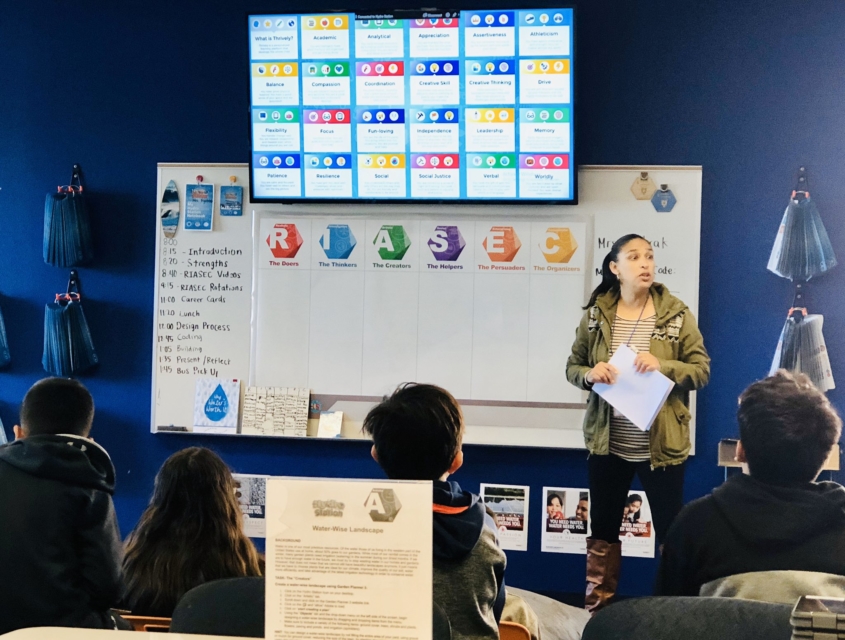
The Hydro Station is an interactive educational space at the Richard A. Reynolds Groundwater Desalination Facilities, operated as a joint partnership between the school district, the Otay Water District, and the Sweetwater Authority. Photo: Chula Vista Elementary School District
The Hydro Station is an interactive educational space that features learning exhibits and hands-on activities dedicated to introducing fifth-grade students to the ecological cycle of water, water conservation, water quality, and careers in the water industry. More than 4,000 students are expected to visit the Hydro Station annually.
“The Hydro Station introduces our students to the world of work in the water industry and inspires them at an early age to consider careers in science, technology, engineering, art, and mathematics,” said CVESD Superintendent Dr. Francisco Escobedo. “With this station, we expose students to careers that can change the trajectory of entire families, opening the door to high-wage careers that our students might not have thought were possible. The students also explore ways to make the world a better place through clean water and water conservation.”
Educating the next generation of essential workers
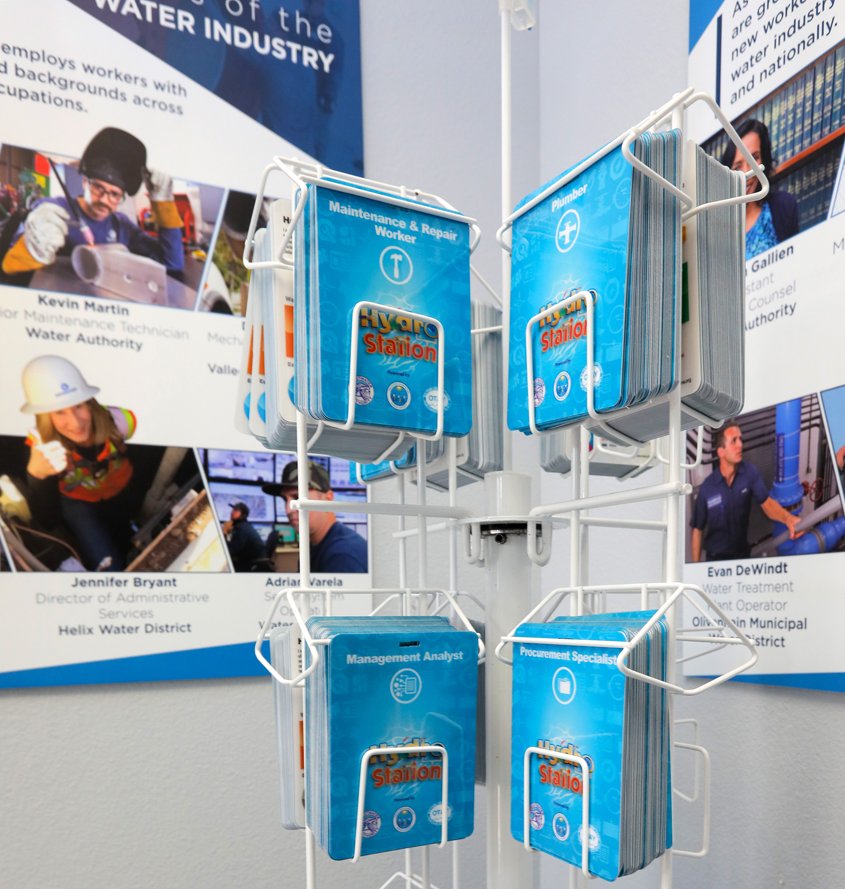
Locally, more than 2,800 people work in the water and wastewater sector at the San Diego County Water Authority and its 24 member agencies. One-third of these industry professionals will be eligible for retirement in the next few years. Photo: Sweetwater Authority
Locally, more than 2,800 people work in the water and wastewater sector at the San Diego County Water Authority and its 24 member agencies. One-third of these industry professionals will be eligible for retirement in the next few years. The Hydro Station allows a new generation of potential water professionals to participate in the mission to deliver safe and reliable water to hundreds and thousands of people in communities who rely on this essential workforce.
Students participate in three dedicated days focused on career opportunities in Information and Communication Technologies, Clean Energy, and the Blue Economy. Students learn how their strengths, interests, and values may align with career options, and hands-on activities will help them connect to specific careers.
The Hydro Station location gives students a hands-on opportunity to explore how their strengths, interests, and values can connect with careers in the water industry while presenting opportunities to solve real-world problems through the Engineering Design Process. It also educates children and their families, as well as the community, on the thoughtful use of water resources.
(Editor’s note: The Otay Water District and Sweetwater Authority are two of the San Diego County Water Authority’s 24 member agencies that deliver water across the metropolitan San Diego region.)

